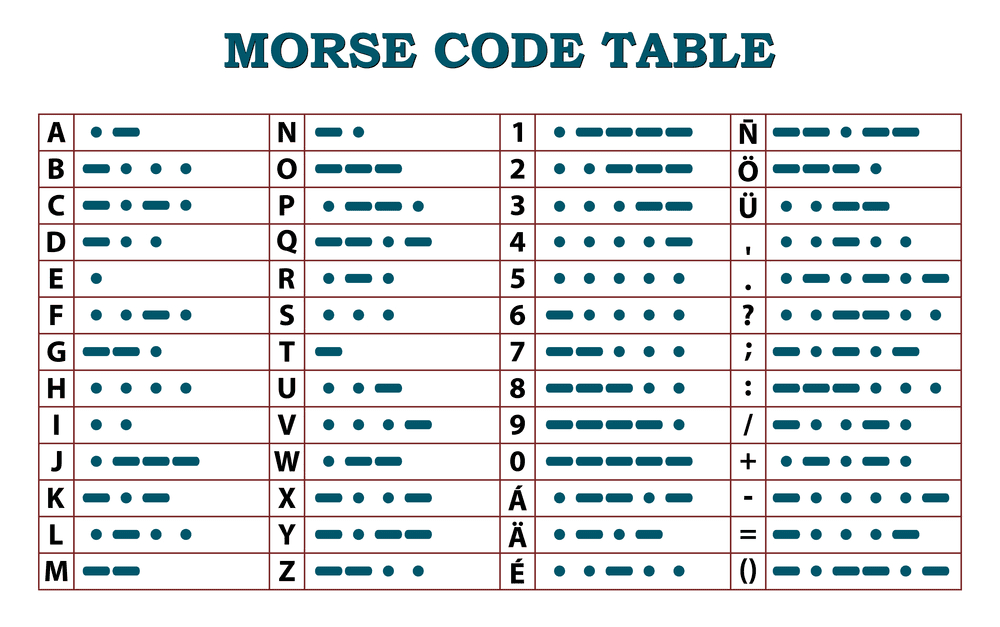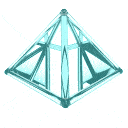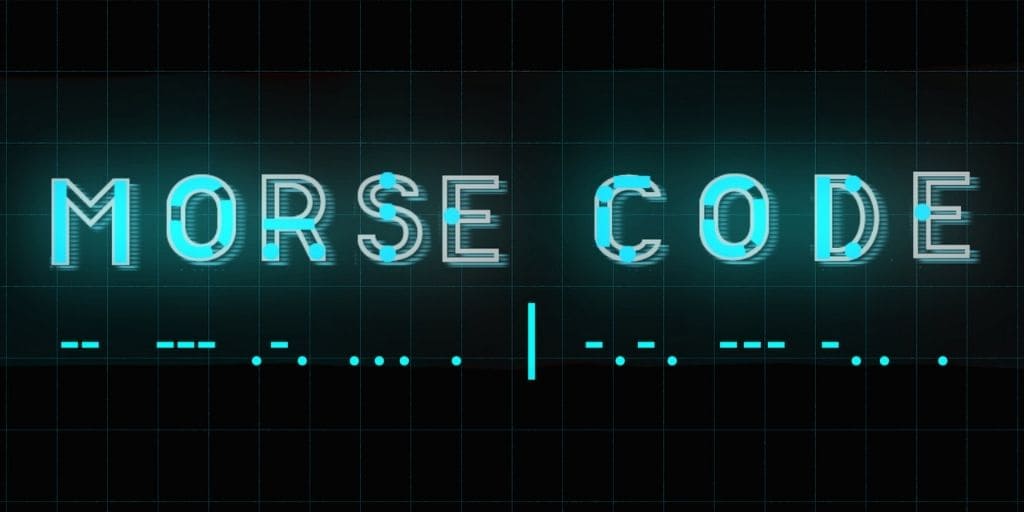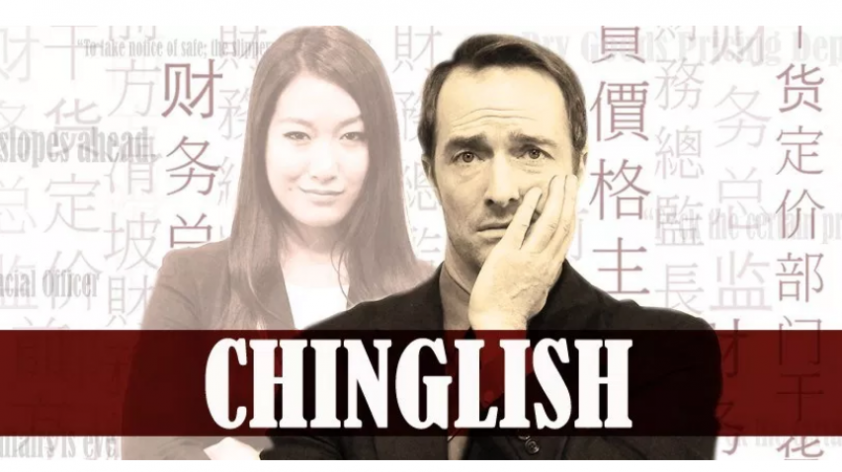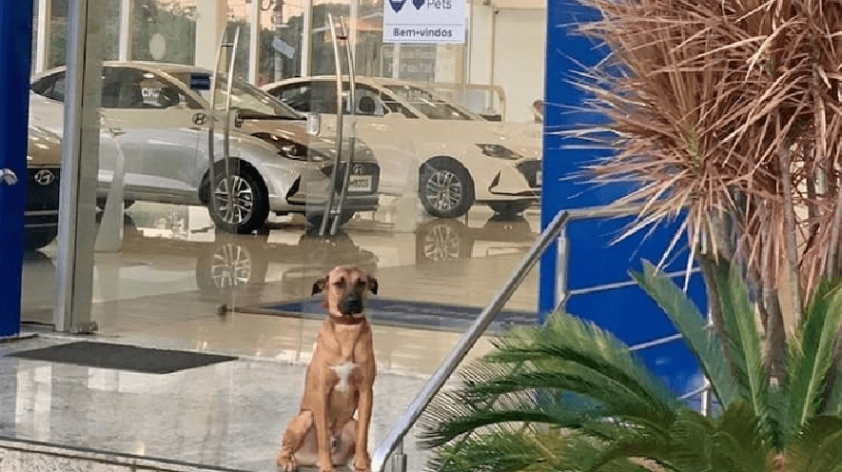Samuel F. B. Morse invented his eponymous ‘Morse code’ as a way to communicate via a series of dots and dashes. This elegant system revolutionised communications back in the 1800’s.
Under the code, every letter in the English language – along with most punctuation marks and each number from zero through nine – was given a unique, corresponding set of short and long pulses. “Long” pulses came to be known as “dashes” while the short ones were called “dots.”
Morse Code was in fact one of the most important innovations of communication the world has seen, serving as the foundation of one of the first high-speed communication networks in the world. Used for everything from semaphore communication, to flashing with lights, to drawing it out as a sort of code, and most importantly, the use of telegraphs to help transmit information across vast distances in the days before the telephone, it is hard to understate the importance of Morse Code.
The first long-distance message sent by Morse code travelled from Washington DC to Baltimore on Friday, 24 May 1844.
It signalled the first time in human history that complex thoughts could be communicated at vast distances almost instantaneously. Until then, people had to have face-to-face conversations, send coded messages through drums, smoke signals and semaphore systems, or read printed words.
Thanks to Samuel Morse, communication changed rapidly and has been changing ever faster since. He invented the electric telegraph in 1832, but then it took six more years for him to standardise a code for communicating over electric telegraph wires.
The first big change came just a few decades after Morse’s demonstration. In the late 19th century, Guglielmo Marconi invented radio-telegraph equipment which could send Morse code over radio waves, going wireless so to speak.
Because its signals are so simple – just on or off, long or short – Morse code can also be used by flashing lights. Many navies around the world use blinker lights to communicate from ship to ship when they don’t want to use radios or when radio equipment breaks down.
While blinking Morse code is slow, it has also helped people with medical conditions which prevent them from speaking or communicating in other ways. Did you know that a number of our modern devices today, such as iPhones and Android smartphones, can be set up to accept Morse code input from people with limited motor skills?
Even in the heyday of Silicon Valley and social media, there’s still a place for the well-worn code, just ask the U.S. Navy for instance.
There are still many ways people can learn Morse code today, and practice using it, even online.
In emergency situations, it could be the only mode of communications that will get through.
Isn’t it fascinating that even across some distance you can exchange information with nothing more complicated than a flashlight, a mirror, or any device that can make sounds of varying duration to mimic the long and short pulses used in the Morse Code alphabet?
Remember that sometimes the simplest tool is all that’s needed to accomplish the task.
Never underestimate the value of having one more piece of communication in your tool kit. Without Morse code, we’d never be where we are today!
It seems incredibly important to ensure that this versatile and simple method of communication doesn’t disappear.
As the forerunner to email, texts and other near-instant messaging mediums, Morse code well deserves our recognition.
